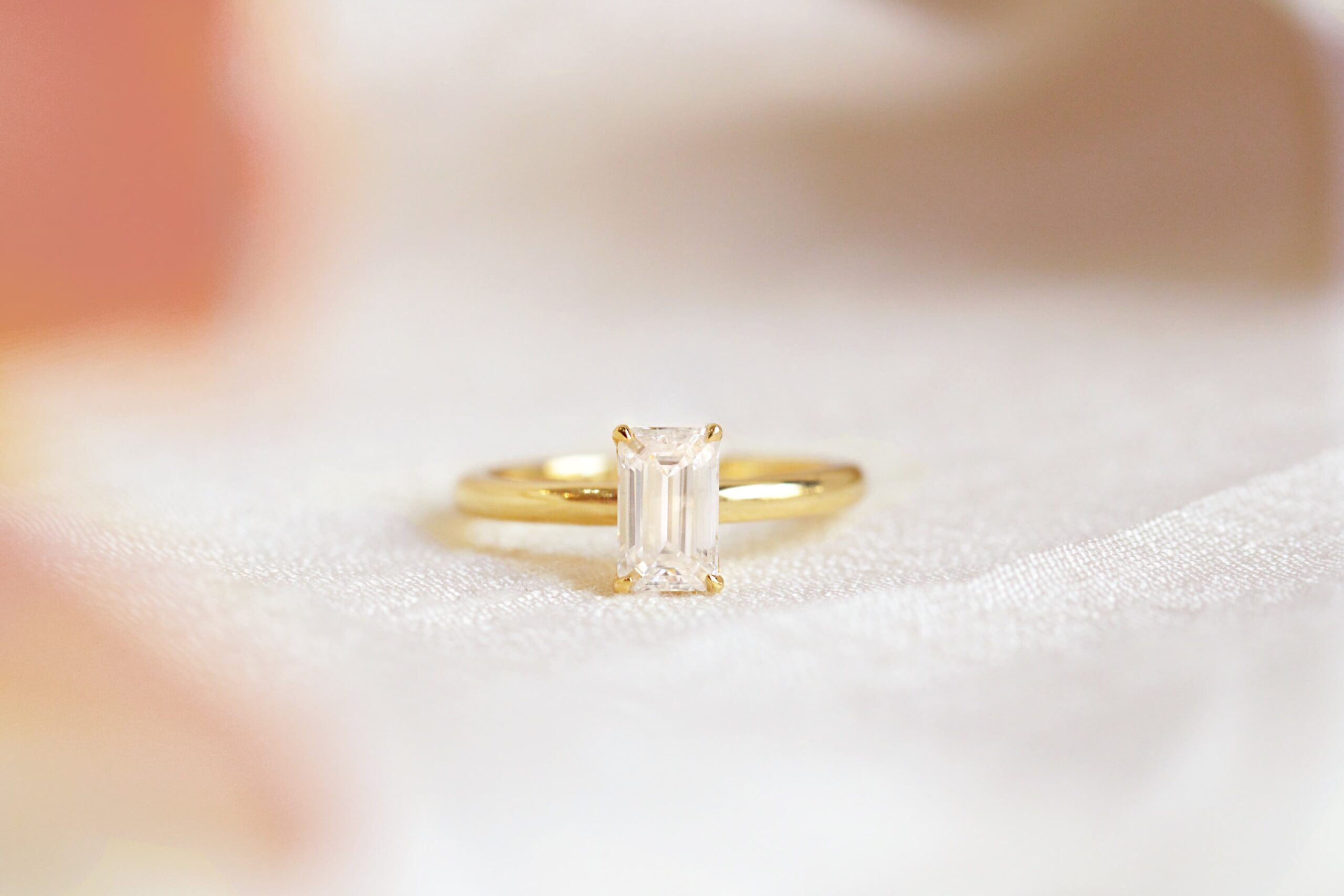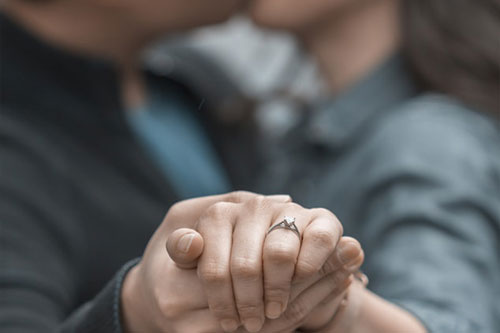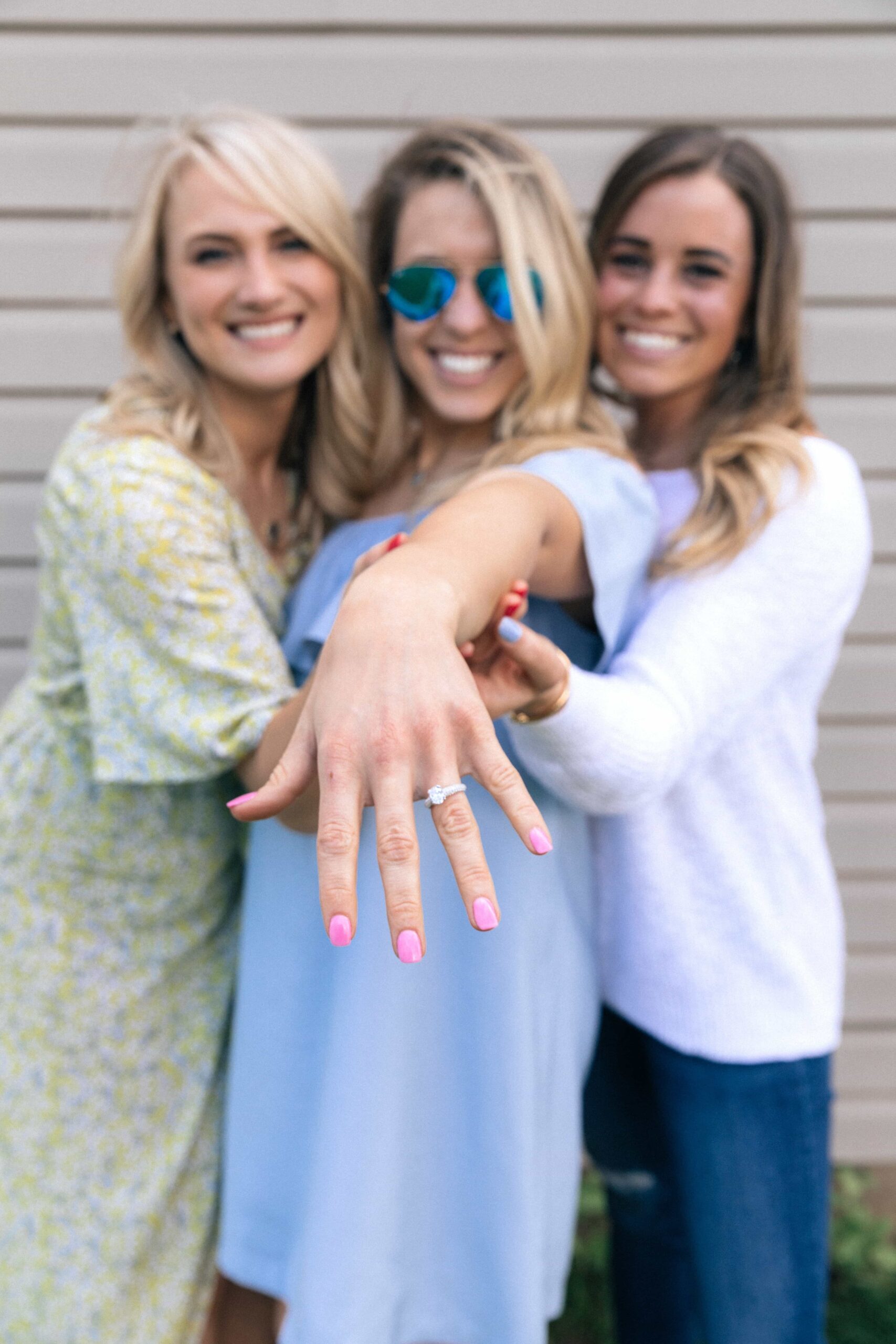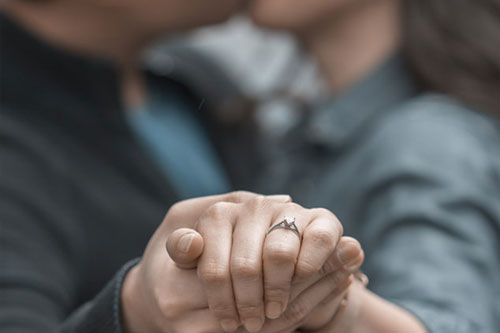BUYING-GUIDES

From Ancient Rome to Lab Grown – the evolution of the ethical engagement ring
The commitment of love and marriage often starts with a ring – the symbol of eternal love which has been used to seal the union of two people since Ancient Rome. Back then, a Roman bride was typically gifted with two betrothal (truth) rings; a gold ring that she wore in public; and a second ring made of iron worn at home while attending to the household duties. The circle symbolized no end and no beginning, representing an infinite love that transcends this life. These rings were largely made of iron and gold as the first account of diamond mining was recorded in India much later.
THE SYMBOL OF COMMITMENT
The history of the ‘engagement ring’ actually began in 1215 during the Middle Ages when Pope Innocent III declared a waiting period between a betrothal and the marriage ceremony. Rings were used to signify a couple’s commitment during this interim period. They were also introduced as a major component of the wedding ceremony, where it wasmandated by the Roman government that all marriage ceremonies were to be held in a church. In addition to serving as symbols of an intention to marry, early engagement rings also represented the social rank when only the elite were permitted to wear ornate engagement rings or rings with jewels.
THE SYMBOL OF OPULENCE
More famously however, the first diamond engagement ring was given in 1477 by the Archduke Maximillian of Austria to the most eligible bachelorette of the time, Mary of Burgundy. The tale goes that the small flat diamonds were encrusted into the gold engagement ring to spell out Mary’s initials. This propelled the symbolisation of wealth to a whole new level. By 1499, European diamond traders had better access to India, giving rise to a surge in the popularity of the precious diamond stone.
But, it wasn’t until the eighteenth century when diamonds truly became a ‘girl’s best friend’. The discovery of diamond mines across the globe meant that high quality diamonds were more accessible to the merchant classes. Period dramas like Bridgerton offer a brilliant glimpse into the high society of the eighteen century when noblemen competed to secure engagements that would stabilize their dynasty. The opulence of an ornate engagement ring exemplified a man’s wealth and his ability to take care of his wife, while at the same time, indicating to other suitors that this lady was ‘spoken for’. And since women typically weren’t allowed to own property or work, they relied on their husband for support. This engagement ring therefore became a significant romantic gesture as well as the symbol of a woman’s future wealth.
THE SYMBOL OF ETHICAL VALUES
Much has changed since the days when women were gifted rings to seal a betrothal. Modern couples are finding more and more ways to personalise and update engagement rings and traditions in the 21st century. And with the rise of the environmentally aware, sustainable practices for mining diamonds have also given rise to a new era of ethical engagement rings.
Aside from the human rights issues, many argue that traditional diamond mining is not renewable. It strips the earth’s delicate landscapes, creating irreversible ecological problems. That’s why socially awarecelebrities and even princesses, have endorsed the creation of lab grown diamond engagement rings. This means every diamond, from the hidden halo engagement ring, to the three stones, can now be lab grown.
LAB GROWN DIAMOND ENGAGEMENT RINGS
A lab grown diamond is created over a 6-10 week period by placing a diamond ‘seed’ into a highly controlled laboratory environment. The growing chamber is able to simulate the precise conditions a mined diamond would endure deep within the earth’s surface over thousands of years. Yet, to the naked eye, there is no difference between a mined diamond and the lab grown diamond encapsulated within a traditional hidden halo engagement ring – they are identical in the optical, physical and chemical compositions in every way. Thus, they are diamonds. Wedding rings are also made from synthetic diamonds these days.
LAB GROWN DIAMONDS UK
Lab grown diamonds are not only more sustainable, they are up to 40% cheaper in the UK. Furthermore, the ability to design and your own lab grown diamond engagement rings, means that everyone can find the perfect diamond ring to complement their individual style.
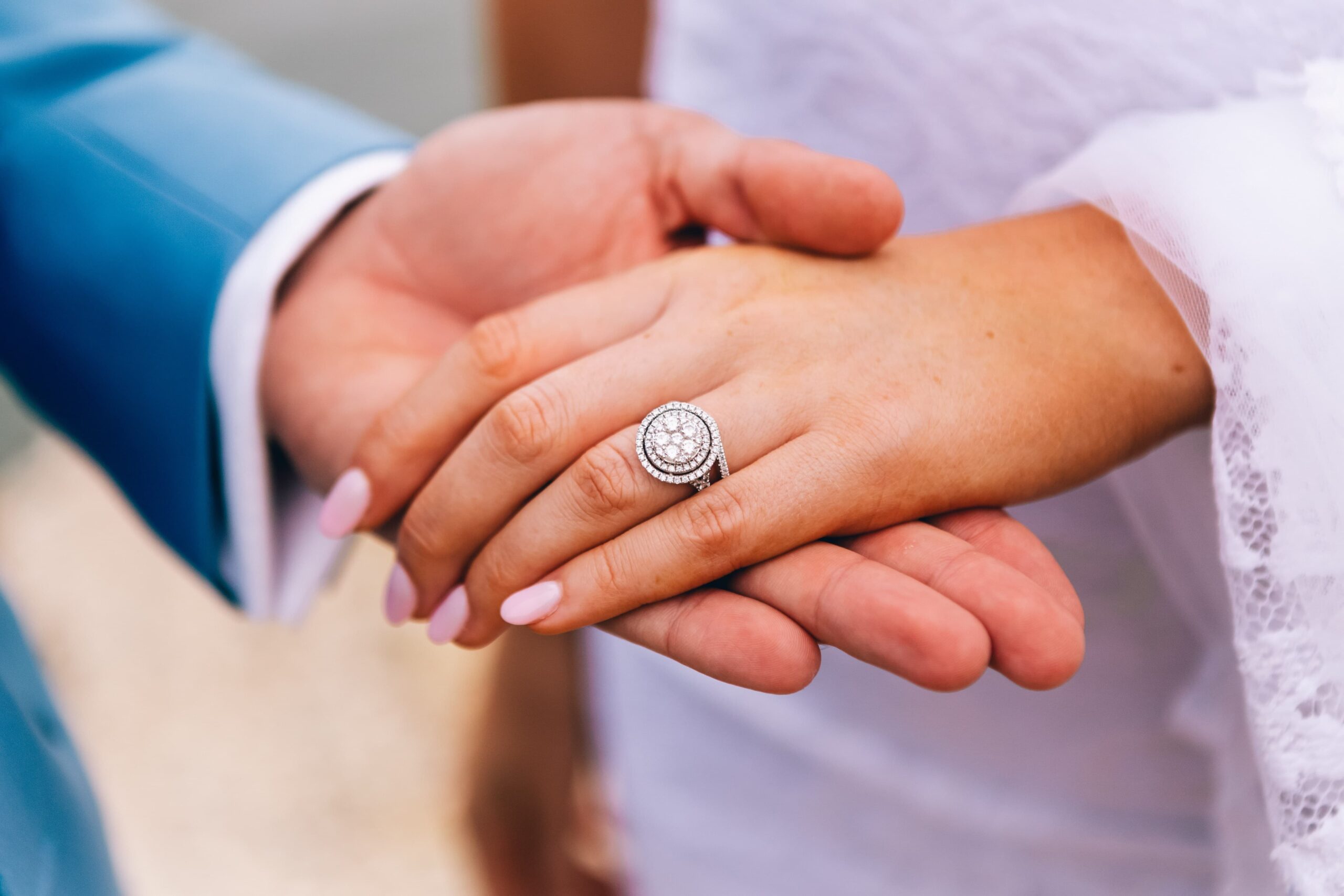
Previous Article
10 Ways To Make Your Diamond Look Bigger
Next Article
A Simple Guide To An Ethical Engagement Ring
